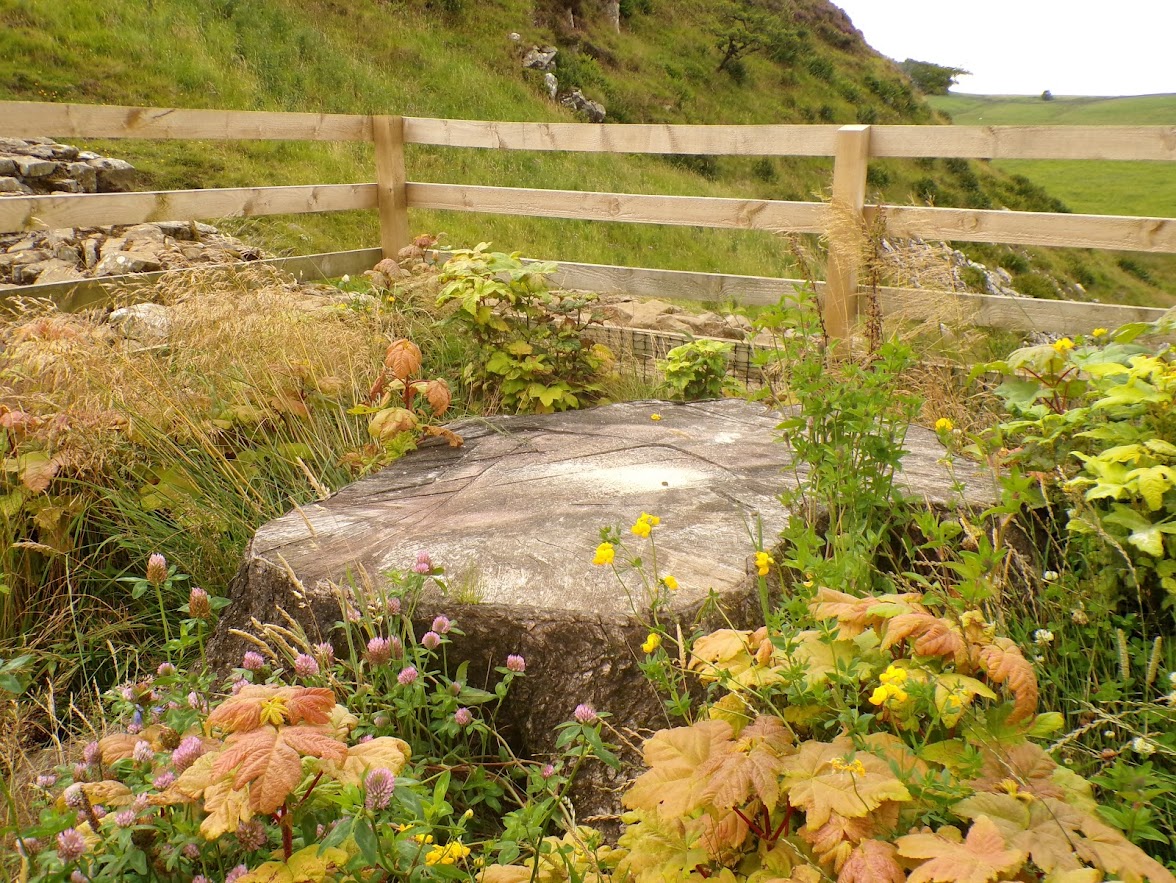A week after the criminal sentencing of two men who cut down the iconic Sycamore Gap Tree, I hiked along Hadrian’s Wall to the ruins of where the tree once stood. It was overcast. My through-walk had begun two days before in the sun, but by the time I swung away from the highway and tame agricultural land, the wind had swept in with force.
It was the perfect moody northern British day to stare mournfully at the treeless Gap, a monument to senseless vandalism. But that wasn’t all I found.
An unexpected symbol

The most famous section of Hadrian’s Wall Path winds over dramatic crags and hills. Photo: Reynier Squillace
Sycamore Gap sits in the most well-traveled section of the Hadrian’s Wall Path, a 135km through-walk that cuts from one coast of northern England to the other. Day trippers with picnic bags trek out to the Roman forts that cluster along the hillside. But the most iconic image of Hadrian’s Wall, a 1,900-year-old structure built to defend Roman territorial conquests, was the arching tree that sat between two steep sections of the wall.
The tree, a 150-year-old non-native sycamore, featured in an evocative scene in the otherwise schlocky 1991 film Robin Hood: Prince of Thieves. Despite the all-American ridiculousness of Kevin Costner in the lead role, the association with Robin Hood bought the Sycamore Gap tree even more folkloric cachet than it had from its placement in the middle of Hadrian’s Wall.
Sycamore Gap was the site of marriage proposals and ash-scattering, and was a natural foreground for landscape photography and astrophotography. In 2015, it won England’s Tree of the Year competition and with it, £1,000 for a root health survey. Then, in 2023, someone cut it down.
A deliberate act of vandalism

The men convicted of vandalizing the Sycamore Gap tree face fines both for damaging the tree and Hadrian’s Wall. Photo: Wikimedia Commons
“I can’t believe they only got four years.”
I heard that sentiment over and over again during my through-walk, sometimes from fellow walkers but more often from locals. The tree was in the news that week. One publican told me he had been hoping the two Cumbrian men who cut it down would get at least ten years. Instead, they were given four years and three months, of which they will serve at most 40%.
The trial denied a lot of people any sense of closure. The two convicts cited drunkenness and peer pressure, while the prosecutors argued spite and bravado. The tree had meant a lot to many people in life, but to its destroyers, its death meant nothing discernible.
The stump lives on

Sycamore Gap viewed from the east. The hills rise rapidly to either side of the Gap. Photo: Reynier Squillace
When you descend toward the Gap from the west, as I did, the stump of the tree is hidden until you’re almost upon it. You head downhill alongside the remnants of Hadrian’s Wall, clambering over ancient Roman steps until a boxy fence appears. The tips of leaves peek over the edge.
I approached. The stump was not as big as I expected. As stark a symbol of senseless anti-naturalism as it was, the surrounding foliage overshadowed it. Burnt red leaves jostled with shiny green ones for space. Purple clover thronged.
At length, a man joined me in gazing over the side of the fence. “Those are sycamore saplings sprouting up from the roots,” he said, pointing out the glossy red and green leaves.
Coppicing, the practice of regrowing trees from their roots, stretches back to the Neolithic. It provides firewood and fosters ecological diversity, especially in densely canopied forests. But young, coppiced saplings are easy prey for passing rabbits or deer. The wooden fence protecting the nascent sycamore saplings might not keep humans out, but it would give a deer pause.
I took a few photos of the hopeful little shoots and pointed out how tall they were already. The man nodded. “They’re in a race to see which one of them is going to be the next big tree.”

The sycamore stump in its protective enclosure, surrounded by coppiced saplings and wildflowers. Photo: Reynier Squillace






